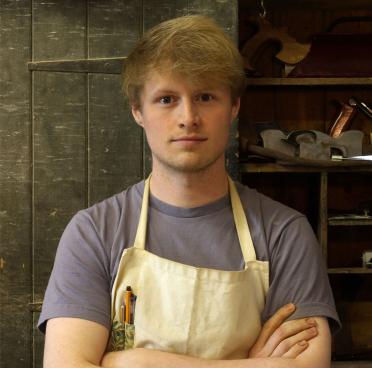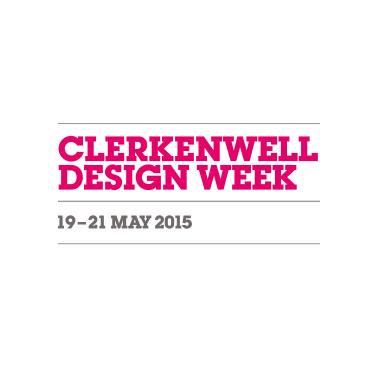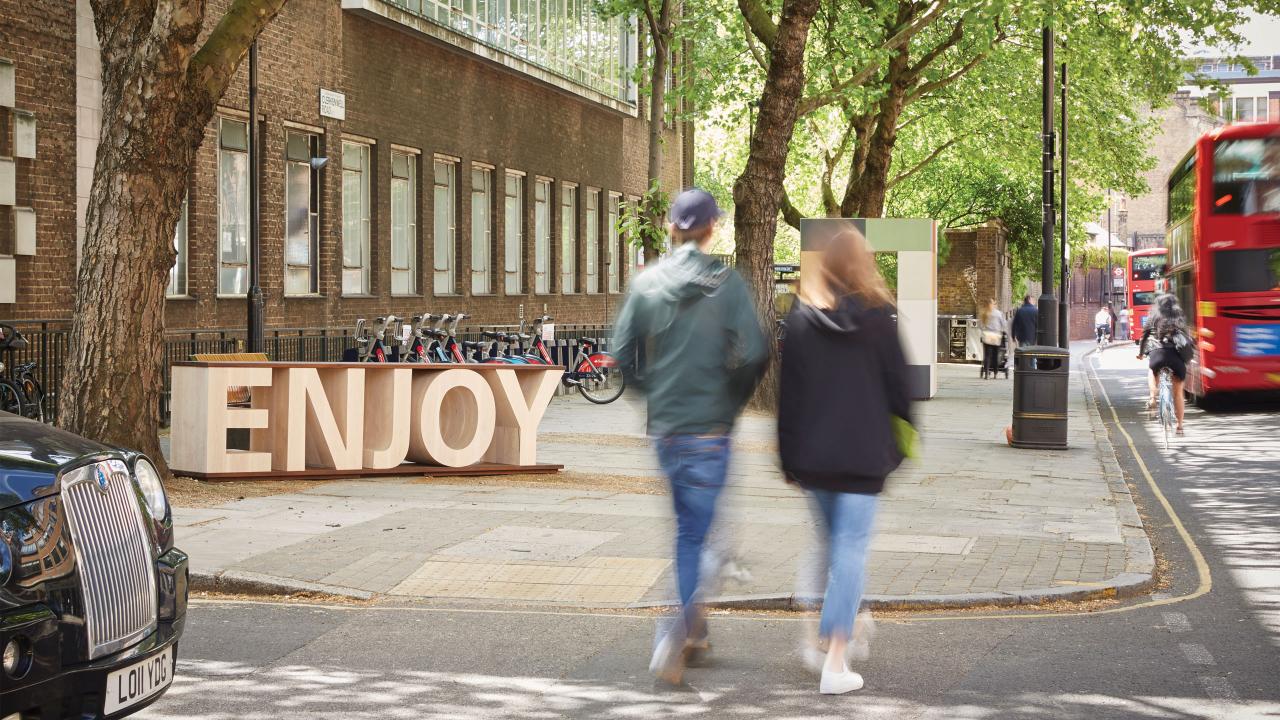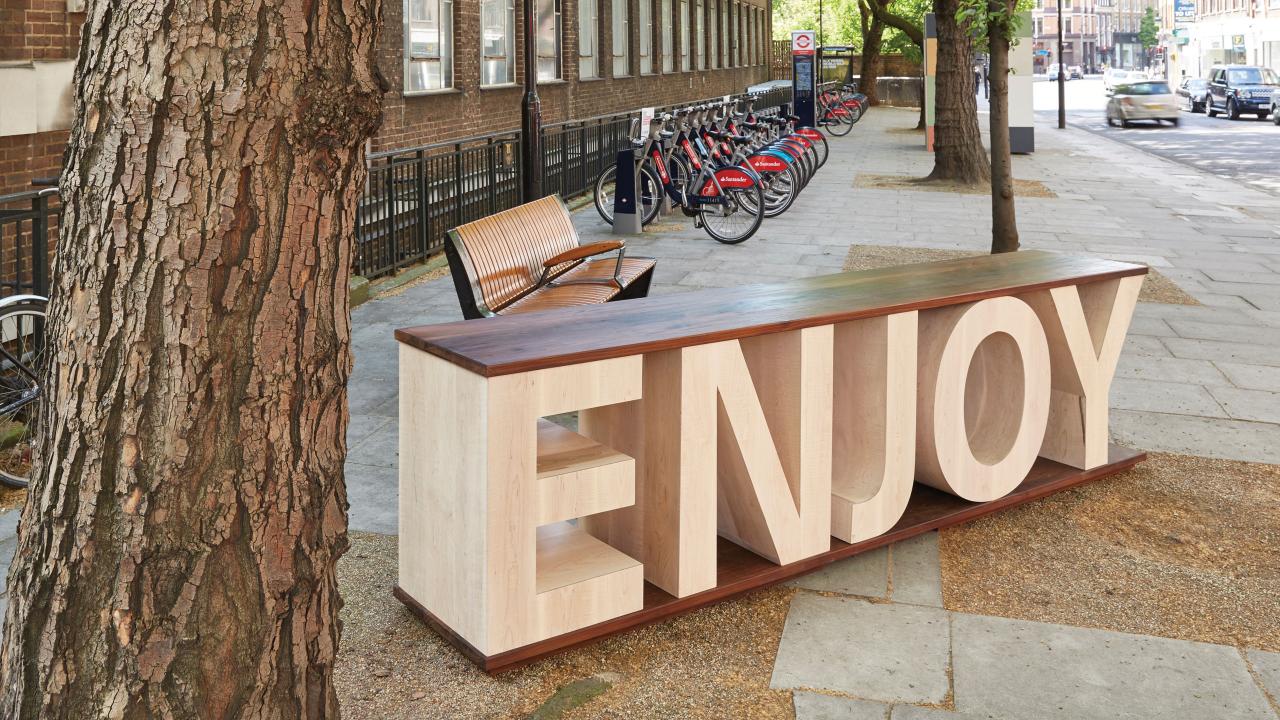PARTNERS
SEBASTIAN COX
Sebastian has been highly recognised for using the ancient technique of coppicing. By cutting and managing trees in this way provides an abundant source of timber, as well as creating a healthy and diverse woodland. He creates products that are simple in form, functional, unobtrusive, lightweight and durable. His work also shows a strong connection with the making process through visible joints, and honest construction. Manufacturing each piece by hand, his designs are mostly developed at the workbench rather than on a CAD program.

CLERKENWELL DESIGN WEEK
One of the best-loved events in the design industry calendar, Clerkenwell Design Week is a three-day annual festival gathering Clerkenwell’s long-established design community together. Now in its sixth year, the event has increasingly become a must go-to showcase for the UK and international design community. Last year’s show attracted over 32,000 architects and designers, and 250 brands from the UK and across the globe.
The name Clerkenwell comes from the Clerks’ Well in Farringdon Lane, where London parish clerks performed the famous Medieval Mystery Plays throughout the Middle Ages. Since the Industrial Revolution, the area has housed craft workshops, printers, clockmakers and jewellers. Traditional crafts, such as printing and bookbinding still flourish, as do graphic designers. In the last two decades, Clerkenwell’s unique variety buildings have been transformed into central studio and workshop spaces, attracting an unprecedented concentration of architectural, design and creative practices.
The global businesses that have made Clerkenwell their home have shaped the borough into the UK’s most important generator of creativity and innovation. Serving an infinite variety of other industries easily accessible from across London, Clerkenwell has become home to a plethora of new media agencies, graphic and interactive design studios and more than 200 architectural practices - more per square mile than anywhere else on the planet. In addition, Clerkenwell houses over 60 design showrooms.

MONOTYPE
From the early days of typesetting by hand, through to the evolution of web typography, Monotype has a long and constantly evolving typographic history. Whether it’s meticulously formed type from the 1800s, or hand-hinted typefaces for new digital environments, we have always celebrated and supported the craftsmanship that underpins type design.
Monotype libraries feature iconic typefaces including the Helvetica®, Frutiger®, and Univers® families as well as contemporary releases from the Monotype Studio. Monotype has designed custom typefaces for brands including Vogue, Sony, Centrefold, and The Times.



